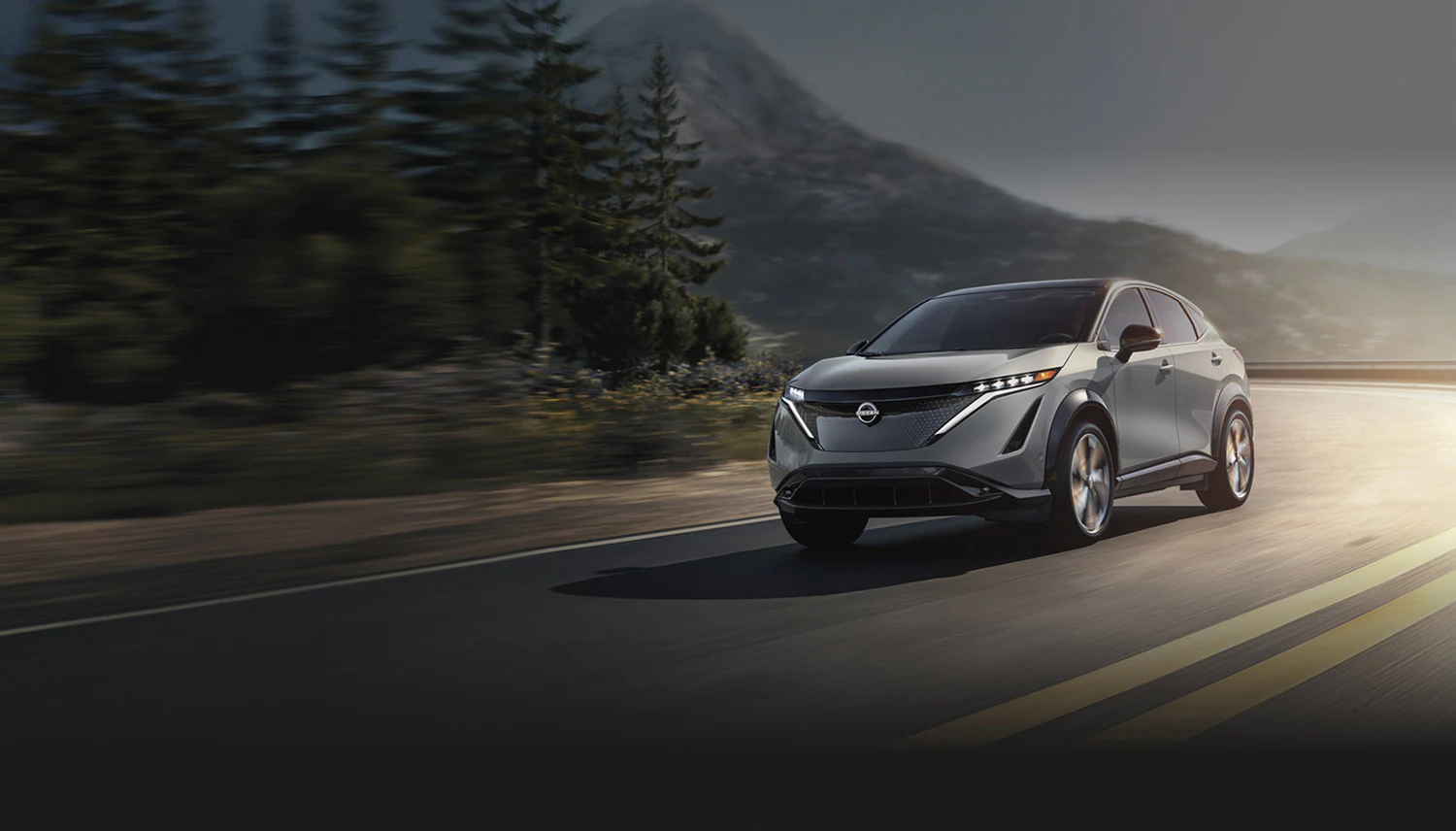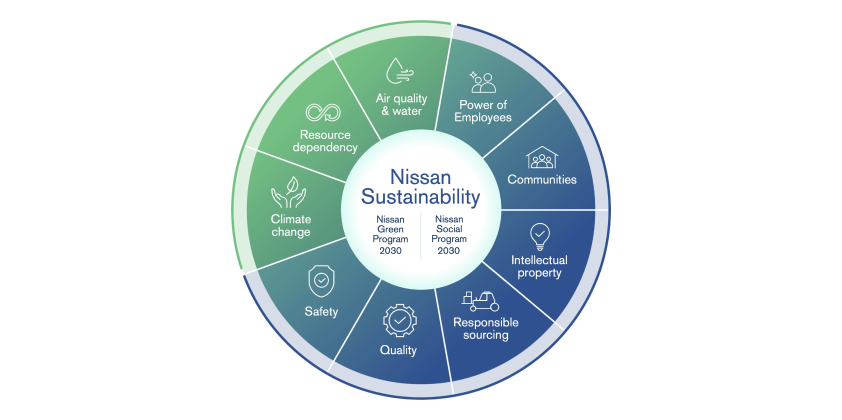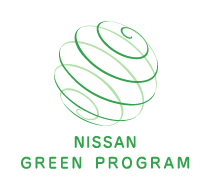Nissan CO₂ Reduction Strategy: A Global Commitment

Nissan is reshaping how cars impact the planet. The company’s global CO₂ reduction efforts aim for carbon neutrality by 2050. This strategy doesn’t just focus on what cars emit on the road. It covers every part of the process — from vehicle design to manufacturing and even recycling.
In Spain, Nissan prevents more than 18,000 tons of CO₂ from entering the atmosphere each year. This achievement comes from cleaner factories and widespread EV sales. But Spain is just one part of a much bigger picture. Nissan is pushing this sustainability mission across Europe, the U.S., Mexico, and beyond.
The company isn’t simply reacting to climate pressure. It’s using this moment to lead — reducing emissions with real actions, not just promises.
Real Reductions: What Nissan Has Done in Spain
Nissan’s Spanish operations show what targeted sustainability can do. In Ávila, the plant upgraded to low-energy LED lighting and installed heat recovery systems. These changes cut emissions by more than 800 tons of CO₂ per year.
In Cantabria, engineers added photovoltaic solar panels and reused heat from industrial processes. The upgrades make the plant far less dependent on fossil fuels.
Meanwhile, local sales of over 10,000 electric vehicles annually play a major role. With each EV on the road, tailpipe emissions disappear. The result? Over 17,500 tons of CO₂ avoided every year from cars alone.
This Spanish example shows how combining smart factory upgrades with clean vehicles can have a large environmental impact.
Electrification and the Drive Toward Net Zero
Nissan’s future relies on electric vehicles. Under its Ambition 2030 roadmap, the company plans to make all new models in its main markets fully electric or hybrid by the early 2030s.

The transition is already happening. Nissan’s factories in Mexico, the UK, and Japan now rely more heavily on wind and solar power. In Aguascalientes, Mexico, the factory runs on 100% renewable energy during certain periods.
In total, Nissan aims to cut production emissions by 50%, and vehicle use emissions by over 30%, by the end of the decade.
This shift isn’t just about saving the planet — it makes business sense too. Electric cars are cheaper to maintain and offer long-term value to customers.
Going Full Circle: Nissan’s Materials and Battery Reuse
Nissan wants to create cars that are clean to drive and clean to build. That means using recycled materials for car parts — including aluminum, steel, and plastics. The company also gives old EV batteries a second life through 4R Energy, its joint venture in Japan.
Instead of sending batteries to landfills, Nissan repurposes them for power storage in homes, businesses, and even smart streetlights. This circular approach reduces mining demand and limits electronic waste.
Nissan aims for 40% of its materials to be sustainable by 2030. It’s not just changing how cars run — it’s changing how they’re made.
Why This Strategy Matters to Car Buyers
Sustainability used to be a bonus. Now, it’s a must. Nissan’s CO₂ reduction strategy gives buyers more than a car — it offers a long-term commitment to the planet.
Customers today want more than performance and design. They’re looking for eco-conscious brands. By choosing Nissan, they support real environmental progress. That goes beyond emissions — it includes ethical materials, efficient factories, and circular production.
For dealerships and partners, this opens new doors. Selling vehicles from a brand with global sustainability credentials means staying ahead of regulations — and ahead of the curve.
Get to know more on Nissan’s Green Plan for carbon neutrality.

